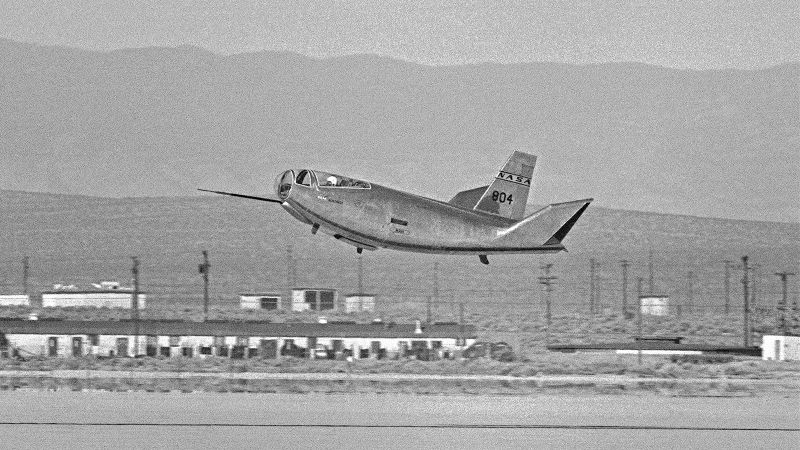Northrop HL-10

The first of five space planes constructed for the Lifting Body Research Program of NASA from 1966 to 1970, the HL-10 showed the most promise. It would eventually contribute heavily to the Space Shuttle and influence all future space plane designs. Developing an aircraft that can safely and efficiently maneuver in atmosphere and vacuum is one of the hardest challenges for aerospace engineers. The HL-10’s design offered a revolutionary low lift-over-drag ratio, designed specifically for reentry from space. While the program was canceled after a few years, the data gleaned from testing this “inverted airfoil” lifting body and delta airframe was invaluable to NASA, the military, and even civilian aviation. During a typical lifting body test flight, the B-52—with the research vehicle attached to the pylon mount on the right wing between the fuselage and inboard engine pod—flew to a height of about 45,000 feet (14,000 m) and a launch speed of about 450 mph (720 km/h).
